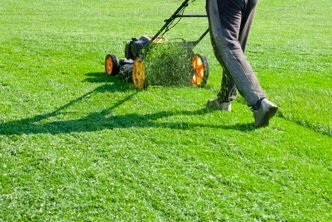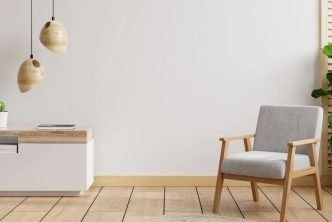Gutters form an essential part of your plumbing system. A gutter would protect the facade of your home by collecting rainwater and preventing it from seeping into the walls. Simply said, gutters drain away the unwanted water.
If you are considering installing or replacing a gutter system, you should know that there are many different types of gutters available in the market. Each comes with its share of good and bad aspects. However, the best gutter almost always depends on what you want.
In this article, let’s peruse the options you have.
Table of Contents
1. Commercial vs Residential Gutters
The primary distinction between gutters is commercial and residential.
If you want to install a gutter system, you should start by considering the building type. Because if you need gutters for your commercial space, you need to call for a commercial plumber. If it is for your home, a residential plumber should be approached.
It is so because the installation varies hugely based on the type of building. Even the type of gutters you use differs.
Some homeowners think going for commercial gutters, even for their homes, would give better coverage. However, it is in no way a better idea! Commercial gutters look bulky—and unappealing—on residential buildings, and they need significantly more maintenance.
Thus stick to the plan and go with the advice of your plumber in Hoppers Crossing.
2. Fascia Gutters
Also known as eaves gutters, these are one of the most common types of gutter you find in Australia. They are installed directly on the roof rafters due to their association with the fascia. However, they do not necessitate a conventional fascia.
Fascia gutters can offer many benefits:
- They can drain large amounts of water.
- They are the most efficient and durable style of gutter for areas with unfavourable weather conditions.
- They can cover large roofs.
With this option, the gutters are visible from the ground. Thus, they come in an extensive range of profiles and colours in an attempt to complement every home. The materials used for these gutters are Colorbond or Zincalume.
One complaint about fascia gutters is the need for regular cleaning to keep the gutters free of debris and ensure the free flow of water. Yet, there is an affordable way to overcome this challenge—using gutter guards.
3. Box Gutters
Box gutter systems often come in a rectangular shape. The strongest merit of these gutters is they are more resistant to clogs than any other type.
It is more suitable for buildings with roofs close to walls. The gutters sit between the roof edge and this wall, collecting the water. Due to this placement, the gutters aren’t visible to someone on the ground.
Many houses constructed at the beginning of the 20th century have these box gutters. Nowadays, they are coming back in style due to their effortless blending into the structure.
These gutters are mostly preferred for commercial buildings as their functionality is high. Their price range is also quite high, which a normal homeowner would find excessive.
Also, the maintenance of box gutters is more than normal. They need cleaning at least once a month. It could be hectic for a normal household.
4. Concealed Gutters
The next style is the concealed gutters, aka internally fixed gutters. Instead of on any outside surface, the gutter is fixed behind the fascia, completely hidden.
These are preferred in the case of commercial spaces. Although some people find it helpful for homes, it is less common. Particularly in adverse weather situations, a poorly installed concealed gutter can overflow. It can become a mess!
In this case, professionals suggest installing a full-height wall underlayment system to prevent the overflowing water from making its way into the wall underlayment.
5. Ogee Gutters
The Ogee gutter profile resembles two curves coming together to form an extended S. You can see this structure on the gutter’s front side.
It is the ideal choice for homes with personality, given that the system’s curvature gives it a distinctive appearance. Colorbond or Zincalume steels are used as materials to show off the gutter’s excellence.
However, Ogee is known for more than just its appearance. It also does a good job of draining rainwater whilst making overall roof care simpler.
6. Half-Round Gutters
Most buildings in Melbourne, both newer and older, are frequently seen with half-round gutters with curved bases.
This design is quite practical, besides being aesthetically beautiful. People prefer half-round because it automatically stops water and debris from building up, implying after each rainstorm, the gutter may clean itself.
This gutter profile is available with or without slits. However, regardless of the option picked, they continue to be highly sturdy and long-lasting.
7. Quad Gutters
The quad gutter is made of Colorbond or Zincalume steel. For houses along the seaside, the quad gutter profile is a magic fix. These gutters help houses that are frequently exposed to windy conditions and salty sprays.
The quad gutter design keeps water from overflowing the eaves. As a result, even during periods of heavy rain or when the water exits are clogged, rainfall won’t enter the structure.
It also has a hidden fastening mechanism to maintain the water flow’s freedom of movement while giving the facade a smooth look.
Conclusion
Every building is exposed to changes in weather. Rainwater, in particular, could damage a structure. Thus installing a gutter to channel the rainwater is essential in preserving the integrity of your building.
Gutter installation, regular maintenance, and timely repairs are vital in keeping your home safe from moisture and seepages.





